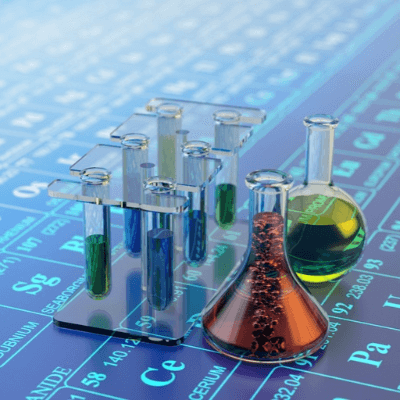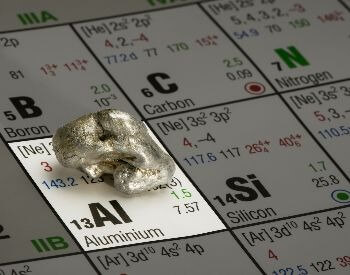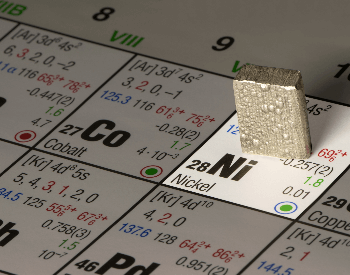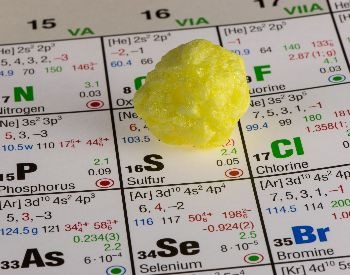
This web page contains periodic table facts for kids and is an excellent resource for anyone of any age looking to learn about the periodic table of elements. Our goal is to provide you with accurate, up to date facts about periodic table. In addition to facts about periodic table, we provide additional resources to help you with your research on it.
The periodic table facts below will help you learn about who invented the periodic table, how the periodic table works, the chemical elements on the periodic table and other periodic table related facts. We hope these periodic table facts are interesting and help you learn more about this important chemistry tool.
If any of the below periodic table facts are inaccurate, please contact us and let us know.
23 Periodic Table Facts for Kids
- The periodic table is a table that contains all the know chemical elements.
- The periodic table was invented by Russian chemist and inventor Dmitri Mendeleev in 1869.
- There are 118 chemical elements on the periodic table.
- 94 of the 118 chemical elements on the periodic table occur naturally.
- 24 of the 118 chemical elements on the periodic table have only been created in a laboratory, in a nuclear reactor or during a nuclear explosion.
- Chemical elements on the periodic table are assigned a name, atomic number and standard atomic weight.
- The assigned name is the official name of that chemical element.
- The atomic number is the total number of protons found in the nucleus of every atom in that element.
- The standard atomic weight is the weighted arithmetic mean of the relative atomic masses of all isotopes of that element weighted by each isotope’s abundance on Earth.
- Chemical elements on the periodic table are grouped together using several different grouping methods.
- The 4 group methods for chemical elements are groups, periods, blocks and categories.
- There are 18 different groups that a chemical element can fall under.
- The 18 groups on the periodic table are the lithium group, beryllium group, scandium group, titanium group, vanadium group, chromium group, manganese group, iron group, cobalt group, nickel group, copper group, zinc group, boron group, carbon group, nitrogen group, oxygen group, fluorine group and helium group.
- For example, the iron group on the periodic table of elements contains iron (Fe), ruthenium (Ru), osmium (Os) and hassium (Hs).
- There are 7 different periods that a chemical element can fall under.
- The 7 periods on the periodic table are period 1, period 2, period 3, period 4, period 5, period 6 and period 7.
- For example, period 2 or row 2 on the periodic table contains lithium (Li), beryllium (Be), boron (B), carbon (C), nitrogen (N), oxygen (O), fluorine (F) and neon (Ne).
- There are 4 different blocks that a chemical element can fall under.
- The four blocks on the periodic table are s-block, f-block, d-block and p-block.
- For example, the s-block on the periodic table contains elements like, but not limited to hydrogen (H), potassium (K) and sodium (Na).
- There are 4 different categories that a chemical element can fall under.
- The 4 different categories on the periodic table are metals, metalloids, nonmetals and unknown.
- For example, chemical elements on the periodic table that are considered metalloids include silicon (Si) and arsenic (As).
Periodic Table Images



Additional Resources About the Periodic Table
- Interactive Periodic Table – An interactive periodic table of elements on the PubChem NIH website.
- Dmitri Mendeleev – Wikipedia – Learn about Dmitri Mendeleev, the inventor of the periodic table of elements.
- Periodic Table – Britannica – Explore the Britannica website to learn about the periodic table of elements.
- Periodic Table – Wikipedia – Read more about periodic table and its history on the Wikipedia website.
